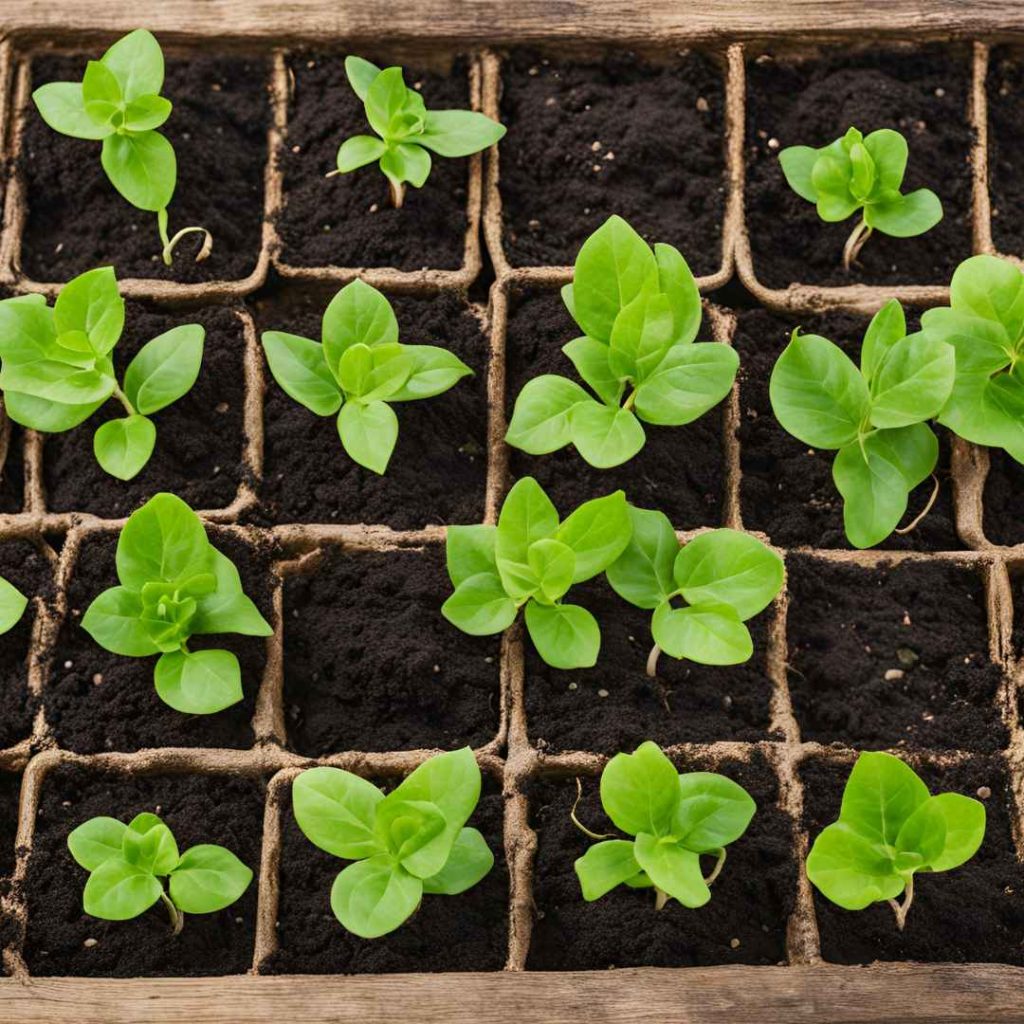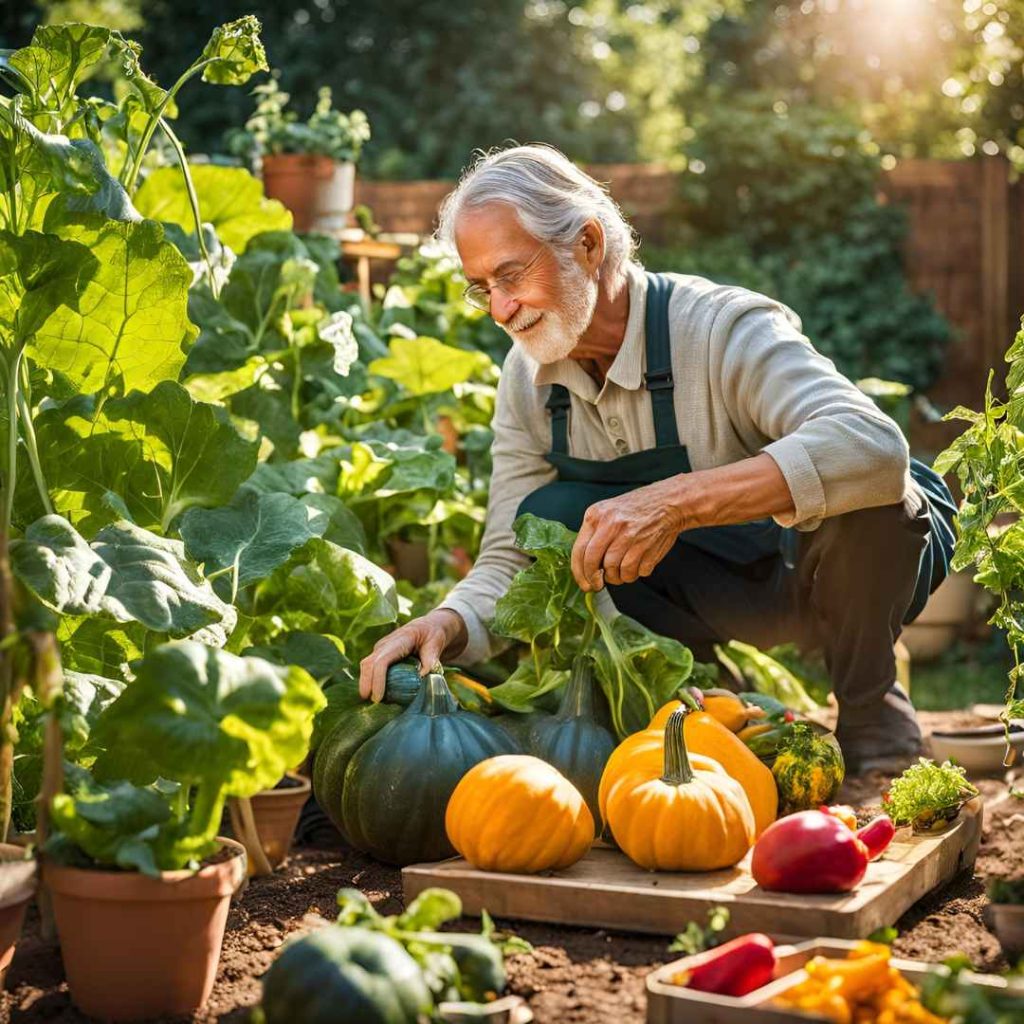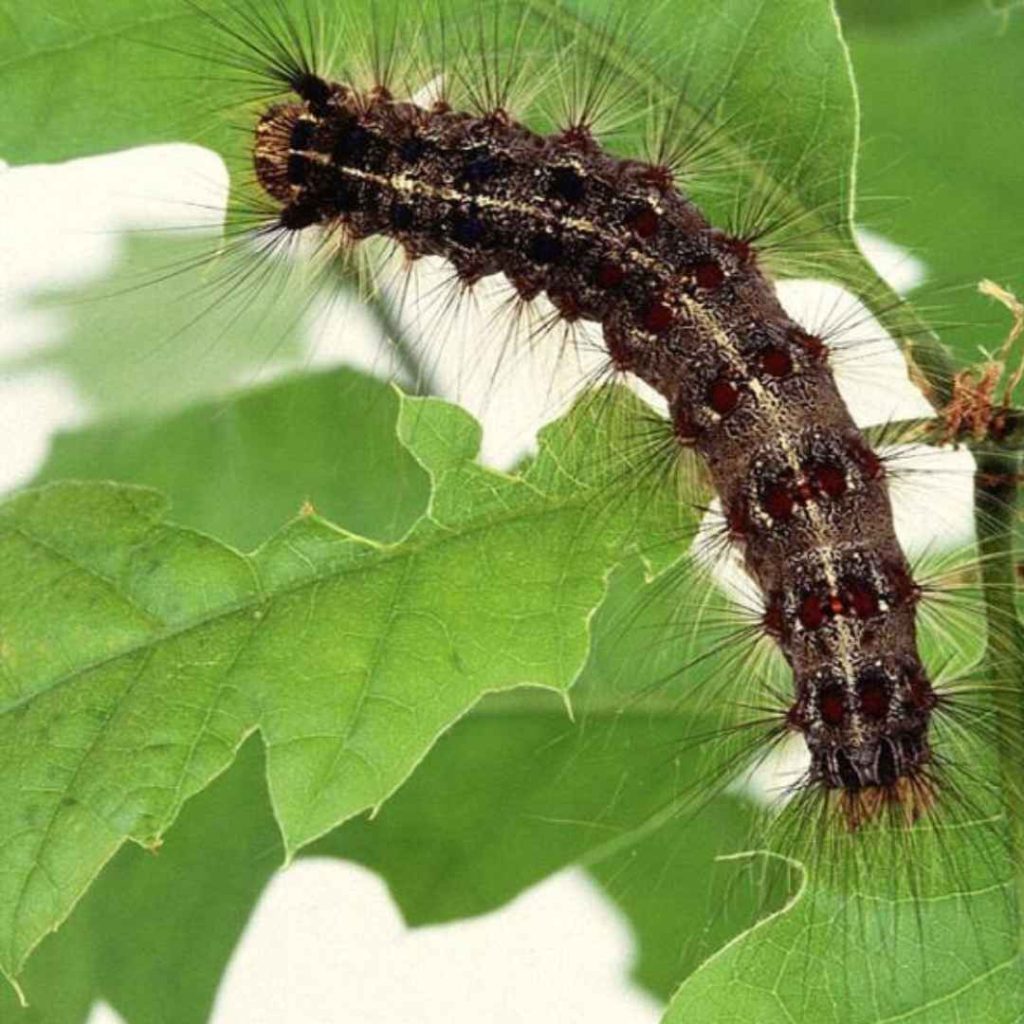Many believe that cultivating crops in the colder months is a challenge since the daylight hours become less long and the temperatures decrease. Vegetables can nevertheless grow in a range of climates with the right preparation and attention.
These basic gardening advice will assist you in starting your colder months landscape if you’ve never grown homemade food.
Which Winter Vegetables To Develop?”
The most common options for wintertime vegetable planting include the following:
Root veggies include potatoes, beets, parsnips, radishes, and beets.
Maple greens: Spinach, Lettuce, Silverbeet (Swiss Chard), Springtime Onions, Asian Vegetables (Bok Choy, Chinese Cabbage, Kailan), Broccoli (Cavolo Nero).
Broccoli, the stalk of cauliflower, the cabbage, the sprouts of Brussels, and kale are examples of root vegetables or veggies known as cruciferous.
Legumes or lentils: Broad chickpeas (in the beginning of winter in warm climates), Sugar Snap Peas, Snow Peas.
Warm-weather landscapers can also plant and cultivate the following cold weather: legumes, kohlrabi, tomatoes, cucumbers, eggplant, carved pumpkins, silverbeet, sweet maize, sweet potatoes, and squash! There are lots of ways to maintain your vegetable section full!
How To Get Your Yard Ready For Winter Vegetable Cultivating:
It’s critical for creating the planting beds in order to encourage productive crops and increase the yield you receive.
1. Tidy Up Your Yard

Your landscape beds should be cleared of any decaying plants, invasive plants, and rubbish. This will lessen the chance that illnesses and bugs may proliferate over the colder months.
2. Improve The Soil

The majority of vegetables like full light and soil with adequate drainage. Add biological material to your soil, such as Yates Innovative Lifter Soil Improver & Plant Fertilizer, before sowing your cold-weather veggies.
This contributes to better soil quality, framework, and retention of moisture, which creates an optimal atmosphere for your crops.
3. Plant Seedlings Or Sow Beans

Cultivating your own sprouts has several advantages, one of which is the ability to affordably cultivate numerous seeds as you require, when you require them. Seeing a little seed grow into a vibrant, green sapling is also extremely fulfilling.
It is preferable to put many vegetable seeds—like those for lettuce, cabbage, broccoli, and cauliflower—in dishes or platters as opposed to directly into the ground. Once they are about 5 centimeters high, they can be moved to their permanent location.
To cultivate your own sprouts, add Yates Proprietary Gardening Mixture Scraps & Beans to punnets or platters, then firmly pack downwards. Plant seeds at an extensive amount recommended by the seed package.
Till the sprouts are germinating and the newborn plants have taken root, it is crucial to maintain a constant moisture content in the mix—not excessively humid, just right. When the roots are firmly established, they are prepared for transplantation.
4. Taking Care Of Your Wintertime Squash:

It’s crucial to monitor the colder months’ vegetables closely as they flourish after you’ve grown them. This is the perfect time of year for powerful soluble fertilizers, which release vitamins and minerals swiftly to support peak development.
Additionally, use your fingertips to carefully scrape a couple of inches into the topmost section of soil to determine the humidity level of the planting mixture or ground.
You will be able to tell whether the ground needs to be watered since it is vacant and polluted, or whether it is wet and you have time for irrigation and examination soon in a couple of days.
5. Prevention Of Microbial And Insect Diseases:

Wintertime vegetable invaders such as caterpillars, aphids, mollusks and slugs are frequently encountered. Caterpillars can gnaw through foliage as well as the heads of cabbage and cauliflower.
Use a weekly application of caterpillar killer dependent on advantageous microbes on vegetation to manage caterpillars. solely caterpillars will be harmed by Nature’s Method Caterpillar Killer, which is authorized for employing in natural landscaping.
Microscopic sap-sucking greenish, dark gray, brownish, or black beetles called aphids congregate under foliage and between stalks.
They frequently occur in enormous quantities, dehydrate plants, deform and yellow leaves, and have a major effect on your yield. Use herbicide to treat crops to get rid of aphids.
6. Harvesting Advice:
Frequent harvesting of vegetables such as broad bean sprouts and winter peas will result in more softened tastier legumes and peas as well as assistance with additional blooming and bean formation.
When you chop away the primary portion of broccoli, it will take a few months for the sprouts to produce numerous lateral branches. To encourage an extended harvest, clip broccoli leaves as they grow. Harvest smaller leaves of green veggies, such as loose-leaf cabbage and spinach, on a regular basis to promote fresh development.
7. Winter Vegetable Gardening: The Essentials
When they learn that veggies may be grown in wintertime, the vast majority become extremely doubtful. I mean, come on, everybody knows that during this period of year veggies don’t expand? Theoretically though, you’re not incorrect.
With the aid of some sunlight and warmth, you could potentially be capable of germinating during the cold months as well. In order to have this work, nonetheless you’ll require the correct instruments and supplies, which may be out of reach to the majority of individuals.
However, you might concentrate on tough veggies that can withstand the chill and shadows.
You could move a single stage nearer to throughout the year being self-sufficient by planting an abundance of resistant veggies that you can begin producing at the end of autumn, wintertime, and early april. You must also exercise extreme caution when selecting the locations. The greatest places are those that are primarily shielded.
Cultivating an abundance of veggies is another important part of generating them in the chilly months. Avoid getting too picky about bedding during wintertime because there’s generally an abundance of space.
The cold season vegetable gardening is actually very simple. As opposed to the summertime, you no longer have to keep vigilant tabs on the advancement.
In chilly conditions, the resilient, slower-growing plants develop less rapidly. With the exception of the practical reaping, you can complete the majority of the job in the warmer months.
8. Keep An Eye Out For Variations In Temperature:
Though they tend to despise temperature fluctuations, veggies that may develop relatively later in the growing season are often excellent in cooler regions. For this reason, cultivating crops in wintertime in a region further south might not prove at all simpler, despite what numerous individuals believe.
Naturally, every backyard is unique and difficult to draw conclusions about. All you have to do is give it a shot and evaluate what suits the landscape best. Veggies often begin to decay rather rapidly, primarily underneath or over the soil, because they are killed by sudden temperature fluctuations.
The fluctuations in temperature between the atmosphere and the substrate may be mitigated through the installation of a row shelter, but this generally operates only temporarily.
You may want to begin making plans for this in springtime if you are intending to begin storing your veggies for the duration of the cold season.
To ensure there is sufficient for late autumn and wintertime, sow a little amount extra than you had anticipated. When the weather turns chilly, you can lack veggies to try new recipes with. So be careful to budget for this.
9. Plant Fresh Seeds:

You could try sowing new seedlings in the late summertime as the following stage. These fresh veggies can be harvested afterwards in the autumn, at the beginning of the cold season, or soon in the springtime. It appears all gardening enthusiasts should give it a try because it’s so easy!
Leafy green veggies that sprout quickly are the ideal veggies for experimenting with first. When summertime veggies begin to wither, you can plant them in the summers and watch them develop rapidly until the harvesting season in the autumn months.
Starting with the veggies that sprout swiftly and don’t often give you headaches. Mache, or wintertime lettuce, is an excellent option. Approximately adjacent to that exact time, each sprout begins to germinate, grows rapidly, and can be planted in closely spaced groups. They also withstand freezing temperatures rather well. Naturally, it’s also delicious!
Another wonderful option is to cultivate cabbages, which are a little more difficult to develop because they frequently become worm-infested. In the autumn months, there won’t be many problems, but in the warmer months, the greenery is far more susceptible.
In order to maintain the cabbages functioning properly, it is essential that you wrap them with a vertical covering or anything identical. You could also accomplish this with cabbages in the cold season if you can manage this.
